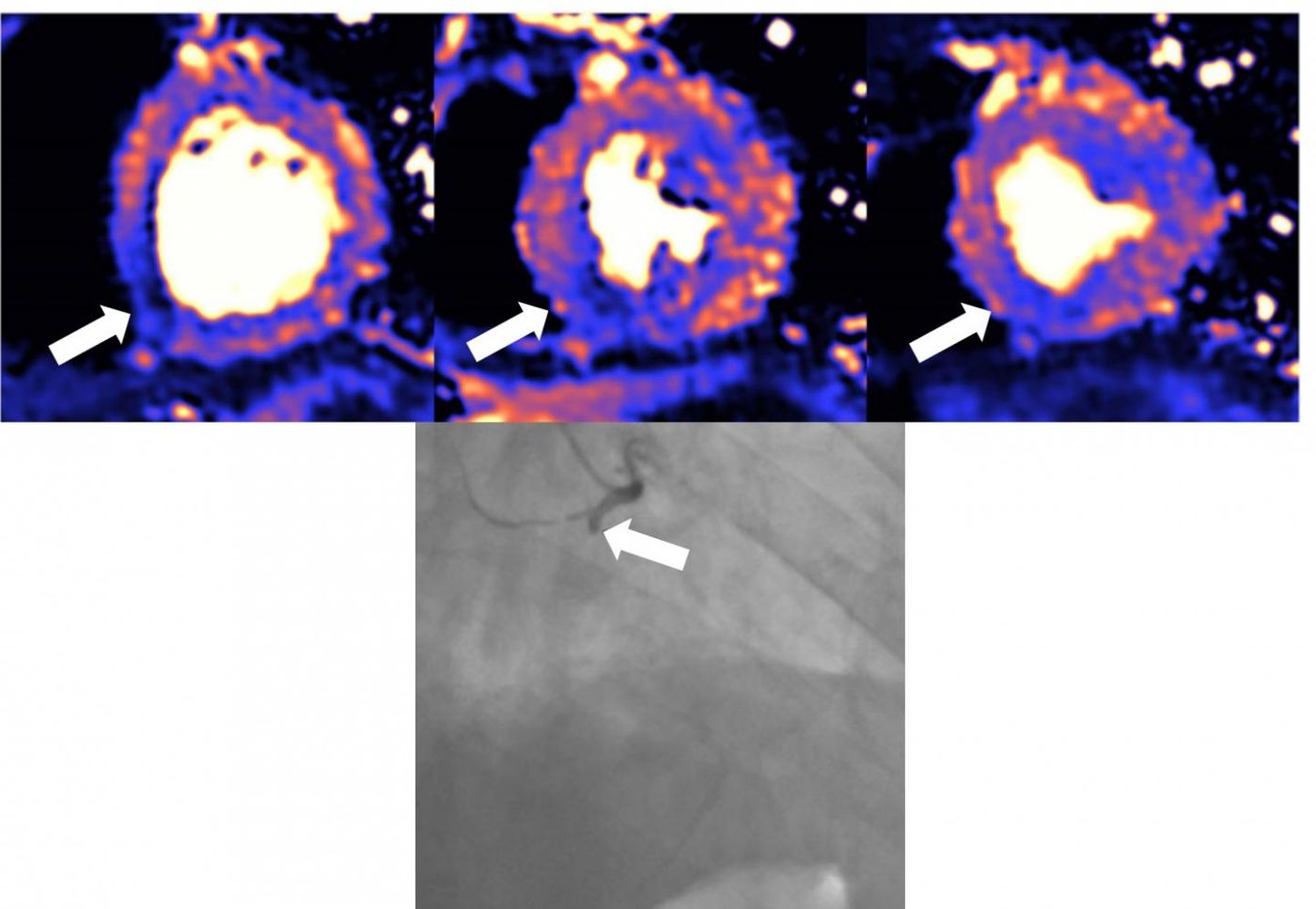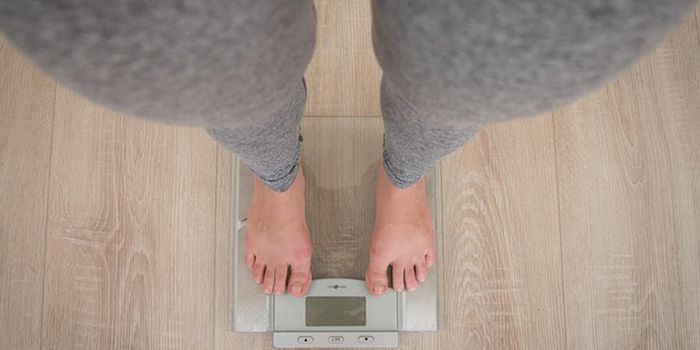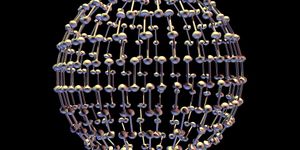Ongoing Heart Problems in Discharged COVID-19 Patients
About 50 percent of patients that are discharged from the hospital after recovering from a severe case of COVID-19 who exhibit high levels of a molecule called troponin also sustain heart damage that can be seen on magnetic resonance imaging (MRI) scans at least a month after discharge. The heart damage includes myocarditis or heart muscle inflammation; infarction or scarring and death of heart tissue; ischemia or restricted heart blood flow; or some combination of these three symptoms. The findings, which examined 148 patients that were treated at six London hospitals have been reported in the European Heart Journal.
This is the largest study to assess COVID-19 patients with abnormally high troponin levels. These high levels can indicate the presence of heart problems because troponin is naturally released into the bloodstream when the heart sustains damage, like when inflammation occurs, or when an artery is blocked.
It's not unusual for hospitalized COVID-19 patients to exhibit high troponin levels when they are in the critical phase of their illness. During that time the body mounts an excessive response to the viral infection. All of the patients in this study with elevated troponin levels were found to have heart damage after they'd been discharged, when they returned to the clinic and had MRIs. The MRIs were compared to people who'd had MRIs for other reasons, and the MRIs of healthy individuals.
"Raised troponin levels are associated with worse outcomes in COVID-19 patients. Patients with severe COVID-19 disease often have pre-existing heart-related health problems including diabetes, raised blood pressure, and obesity," explained study co-leader and professor of cardiology Marianna Fontana, at University College London. "During severe COVID-19 infection, however, the heart may also be directly affected. Unpicking how the heart can become damaged is difficult, but MRI scans of the heart can identify different patterns of injury, which may enable us to make more accurate diagnoses and to target treatments more effectively.
"We found evidence of high rates of heart muscle injury that could be seen on the scans a month or two after discharge. Whilst some of this may have been pre-existing, MRI scanning shows that some were new, and likely caused by COVID-19. Importantly, the pattern of damage to the heart was variable, suggesting that the heart is at risk of different types of injury. While we detected only a small amount of ongoing injury, we saw injury to the heart that was present even when the heart's pumping function was not impaired and might not have been picked up by other techniques. In the most severe cases, there are concerns that this injury may increase the risks of heart failure in the future, but more work is needed to investigate this further."
In 89 percent of the 148 patients in the study, the function of the left ventricle of the heart, which pumps oxygenated blood to the body, was normal. However, 54 percent of these patients had scarring to the heart muscle. Twelve patients (or eight percent) seemed to have ongoing heart inflammation.
"These findings give us two opportunities: firstly, to find ways of preventing the injury in the first place, and from some of the patterns we have seen, blood clotting may be playing a role, for which we have potential treatments. Secondly, detecting the consequences of injury during convalescence may identify subjects who would benefit from specific supporting drug treatments to protect heart function over time."
The study's conclusions are limited; only patients who survived COVID-19 after being admitted to the hospital were included.
"The convalescent patients in this study had severe COVID-19 disease and our results say nothing about what happens to people who are not hospitalized with COVID or those who are hospitalized but without elevated troponin," cautioned Fontana. "The findings indicate potential ways to identify patients at higher or lower risk and suggest potential strategies that may improve outcomes. More work is needed, and MRI scans of the heart have shown how useful it is in investigating patients with troponin elevation."
Sources: AAAS/Eurekalert! via European Society of Cardiology, European Heart Journal









